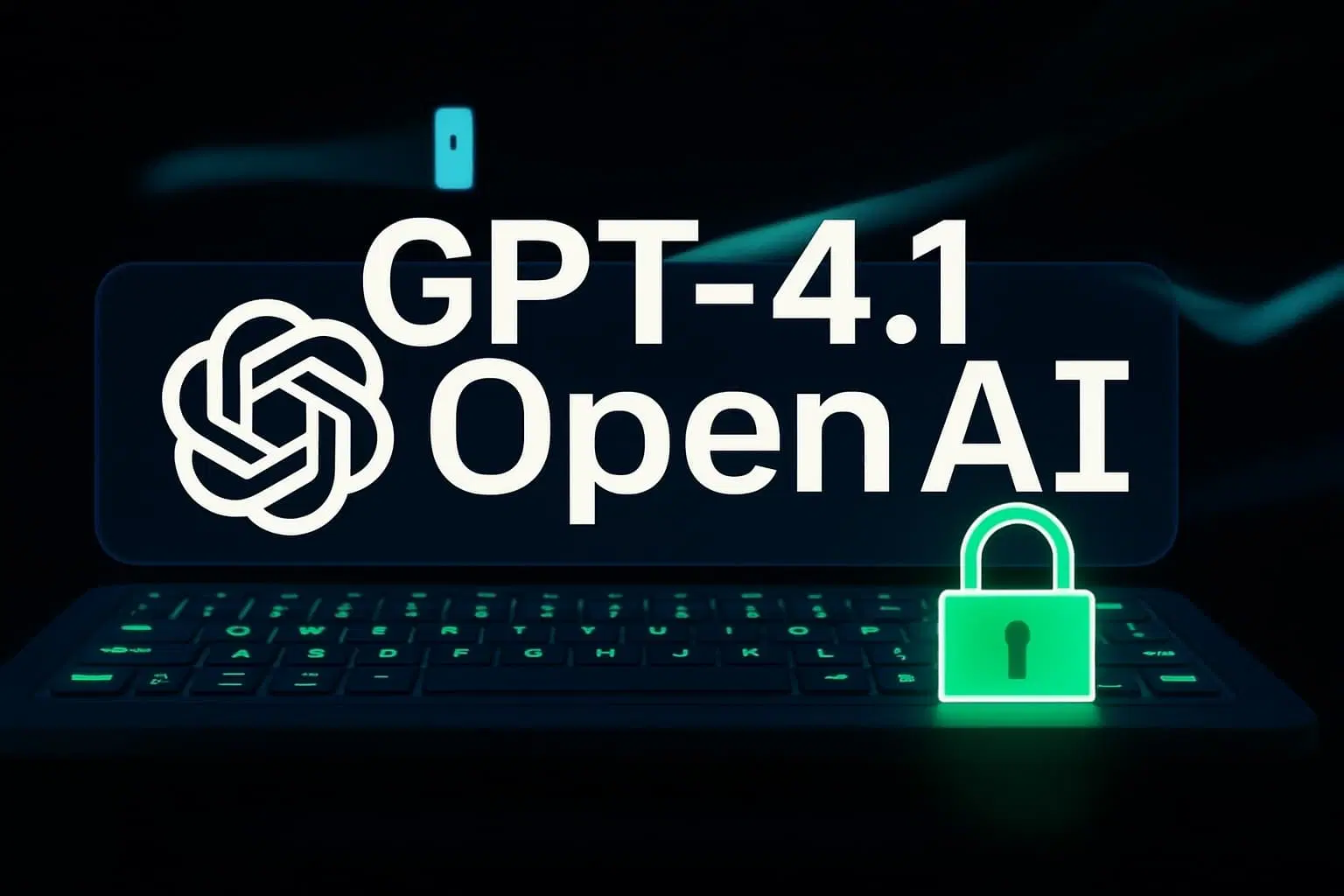
July 02, 2025
Creating Recommendation Systems with OpenAI's GPT-4.1 Models
Creating Recommendation Systems with OpenAI's GPT-4.1 Models
Have you ever give it a shot that how Netflix knows what program you want to watch next or how Amazon suddenly suggests the appropriate thing when you order online? You feel like these sites can read your thoughts. Creating a recommendation system using OpenAI's GPT-4.1 has never been more fun.
Here's how to utilize GPT-4.1 to build a customized recommendation system from scratch. This post will help you design a recommendation engine for a content platform, e-commerce tool, or AI-driven customization.
Why GPT-4.1 is a Game-Changer for Recommendations
I was surprised by how limiting standard recommendation systems seemed when I initially started looking into them. You would need vast historical data, structured feedback, and user-item matrices. GPT-4.1 marks a new era.
GPT-4.1 detects user preferences in plain language as well as structured data. It can produce human-sounding suggestions from interests, likes, dislikes, search queries, and conversations. GPT-4.1 excels at this task because it can reason contextually and understand complexity.
We can now communicate to our recommendation engine and get useful ideas instead than crunching numbers on a matrix.
Getting Set Up: The Essentials
Let's prepare the base first. You need Python and OpenAI's API (which supports GPT-4.1) to start. Sign up at platform.openai.com to get your API key.
With that, install this needed package:
pip install openai
Next, import and setup the API key in your code:
import openai
openai.api_key = "your-api-key"You just need that to start. Now let's develop our recommendation engine logic.
Building the Recommendation System
Now the fun begins. GPT-4.1 will learn user preference-based recommendations. Let's suppose we know our users' preference for genres, categories, or themes.
Here's a basic illustration of two users' interests:
user_preferences = {
"user_1": ["science fiction", "thriller", "AI"],
"user_2": ["romantic comedy", "drama", "family"]
}
Now let GPT-4.1 suggest content based on these preferences:
def get_recommendations(preferences):
prompt = f"Suggest three movies for someone who enjoys {', '.join(preferences)}."
response = openai.ChatCompletion.create(
model="gpt-4.1",
messages=[
{"role": "user", "content": prompt}
],
max_tokens=150
)
return response['choices'][0]['message']['content']
print(get_recommendations(user_preferences["user_1"]))Using natural language inputs, GPT-4.1 makes personalized recommendations. No complicated sorting or filtering. It knows what you mean.
Learning from Feedback
A great recommendation system evolves with the user. Let's construct a feedback loop where user responses to recommendations modify preferences.
If your user liked a sci-fi movie, we want to boost its prominence in future recommendations.
Here's a basic way to handle that:
def update_preferences(preferences, feedback_genre):
if feedback_genre not in preferences:
preferences.append(feedback_genre)
return preferences
# User gave positive feedback on a sci-fi recommendation
updated_preferences = update_preferences(user_preferences["user_1"], "sci-fi")
print(get_recommendations(updated_preferences))This system is more dynamic. By incorporating real-time feedback, it can better match user preferences.
Testing and Improving the System
Now that the system works, we can test and customize it. Try running the code with other users, genres, or domains like books, music, or courses.
Consider input format. Get creative; GPT-4.1 works well with natural language. Ask it to (suggest a book for a software developer who appreciates philosophy and productivity.)
If the suggestions are inaccurate or irrelevant, add age, mood, or purpose (I want to relax after a busy day).
This iterative procedure will greatly increase suggestion quality and customization.
Wrapping It Up
The GPT-4.1-powered recommendation system is simple yet strong. We began without large datasets or matrix math. Smart prompting and a model that understands people's needs.
I discovered GPT-4.1 to modify my user personalization method. Understanding why you recommend something is just as important. Users will sense it when your system does it.
Build your own system and observe how it changes your audience interactions. This is just the start of endless possibilities.
845 views
